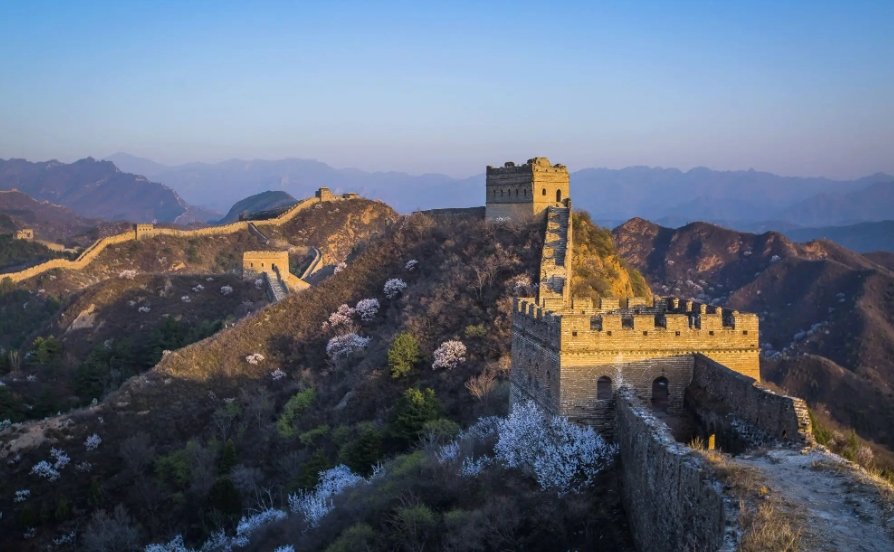
How Hard is Hiking the Great Wall of China?
The Great Wall of China, a testament to human ingenuity and perseverance, stretches for thousands of miles across diverse terrain. While the image of a continuous, easily walkable structure might come to mind, the reality of hiking the Great Wall is far more nuanced. The difficulty level can range from a pleasant stroll to a challenging climb, depending on factors like the chosen section, personal fitness level, and weather conditions.
Well-Maintained Sections:
For those seeking a more accessible and less demanding experience, well-maintained sections like Badaling are ideal. These sections usually feature:
- Restored walls: The structures are generally in good condition, having been repaired and reinforced for tourism.
- Paved pathways: Smooth, even surfaces make for comfortable walking, suitable for people of various ages and fitness levels.
- Handrails and steps: Added safety features and infrastructure reduce the physical strain and increase accessibility.
- Amenities nearby: The presence of restrooms, food vendors, and other facilities allows for a more convenient and comfortable experience.
A reasonable level of fitness is sufficient to enjoy these sections. However, it's important to wear comfortable shoes, carry water, and be prepared for potential crowds, especially during peak season.
Challenging Sections:
For the adventurous souls seeking a more authentic and demanding experience, sections like Jiankou offer a thrilling challenge. These sections are often characterized by:
- Unrestored walls: The structures remain in their original, rugged state, with crumbling bricks, uneven surfaces, and overgrown vegetation.
- Steep ascents and descents: The terrain can be quite demanding, requiring scrambling, climbing, and navigating steep inclines.
- Lack of safety features: Absence of handrails, paved paths, or clear markings demands increased caution and awareness of potential hazards.
- Remote locations: These sections are often located in more secluded areas, requiring self-sufficiency, navigation skills, and preparedness for emergencies.
Tackling these sections requires a significant level of fitness, prior hiking experience, and a good head for heights. It is crucial to research the chosen route thoroughly, wear appropriate footwear, pack essential gear like a first-aid kit, and consider going with experienced hikers or guides.
Factors to Consider:
Beyond the chosen section, other factors can influence the difficulty of your hike:
- Weather conditions: Heat, humidity, rain, or cold can significantly impact the experience, making the terrain more slippery or increasing the risk of heat exhaustion or hypothermia.
- Time of year: Summer months can be crowded and hot, while winter brings its own set of challenges with potential ice and snow.
- Personal limitations: Be honest about your physical abilities, any pre-existing medical conditions, and choose a section that aligns with your comfort level.
In conclusion, hiking the Great Wall of China can be as challenging or as manageable as you choose. By understanding the different sections, assessing your fitness level, and adequately preparing, you can have a safe and rewarding experience on this iconic wonder of the world.
FAQs:
Q: What should I wear for a hike on the Great Wall?
A: Wear comfortable, sturdy shoes suitable for hiking, preferably with ankle support. Dress in layers to adjust to changing temperatures and bring a hat, sunscreen, and sunglasses for sun protection.
Q: Do I need a guide to hike the Great Wall?
A: While not mandatory for well-maintained sections, a guide can be helpful for less-traveled areas, providing historical context, navigation assistance, and ensuring your safety.
Q: Can I hike the entire length of the Great Wall?
A: Hiking the entire length of the Great Wall is extremely challenging and not recommended for most people due to its vast distance, varied conditions, and restricted access in certain areas.